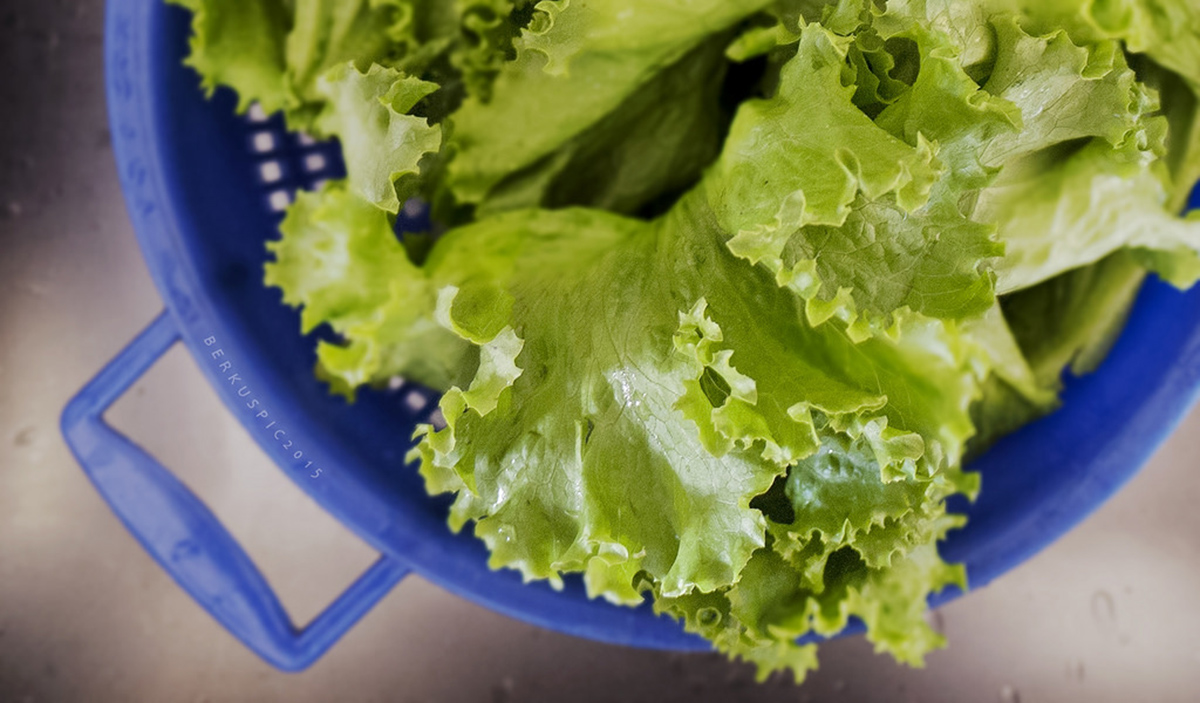Table of Contents
Just about anyone who has flown across several times zones by jet is familiar with the experience of jet lag. It turns out that plants can experience jet lag, too, and when plant biorhythms get out of sync, their nutritional value suffers.
There are also things consumers can do to maximize nutrient value, particularly antioxidant content, of fresh produce during preparation.
- Rip salad greens into bite-size pieces several hours before serving. Rinse them in room temperature tap water, dry them in a salad spinner, and let them sit on the counter in a well-lit kitchen until you are ready to prepare the meal. The leaves will triple or even quadruple their antioxidant content to prevent bacterial infection through the torn tissue, and you can benefit from that increased antioxidant content by eating the salad greens raw.
- When you chop vegetables, use a sharp knife, not a dull knife. A dull knife crushes cells in the plant, allowing electrolytes such as potassium and minerals such as magnesium to leak away. Chopping vegetables or slicing fruit with a sharp knife increases available mineral content,.

- Shredded vegetables are more prone to discoloration and decay than than torn or chopped vegetables. Sometimes, however, shedding vegetables is preferable, especially when you plan to ferment them or to marinate them.
- Marinating or fermenting vegetables prevents nutrient loss if you consume the liquid in which they are prepared.
- The more finely you chop vegetables, the more quickly you should consume them. Fine-chopped vegetables should be consumed within one hour of preparation. "Smothering" the vegetable in mayonnaise-based salad dressings, however, also greatly slows down the growth of oxygen-dependent bacterial decay organisms.
- Bacteria such as E. coli and Listeria innocua are less likely to be present on intact vegetables than on vegetables prepared (chopped or shredded) at a factory. You should slice, dice, chop, and shred vegetables only after you get them home.
- White edges on carrots are usually due to dehydration. Storing carrots in a cellar or a crisper also helps preserve their color.
- Vegetables and fruit dried at low temperatures usually have much higher antioxidant content than their fresh counterparts. Dried carrots, for example, contain four times as much beta-carotene as equivalent weights of fresh carrots, and dried tomatoes contain nearly 10 times as much lycopene as fresh tomatoes.
- Canned vegetables don't always have lower nutrient content. The group of nutrients that the body can convert into vitamin A or use in ways similar to the way it uses vitamin A (alpha-carotene, beta-carotene, gamma-carotene, lycopene, lutein, and zeaxanthin) are more concentrated in canned vegetables than in fresh vegetables, but more concentrated in dried vegetables than in canned vegetables.
READ Five Groups of Vegan and Vegetarian High-Protein Foods
- Steamed vegetables usually have higher nutrient concentrations than boiled vegetables, although boiled starches are usually more nutritious than steamed starches. Potatoes and white rice that are "boiled to death" form resistant starch, which resists conversion into sugar, but feeds probiotic bacteria in the colon. (Brown rice, however, is more nutritious steamed than parboiled.)
The ways you store and prepare vegetables can make a huge difference in their available nutritional content. Remember, the more "natural" the experience is for your food, the more closely it is kept in conditions that resemble those in which it was grown, and the sooner you consume the food after purchasing it, the more it supports your health.
- Goodspeed D, Liu JD, Chehab EW, Sheng Z, Francisco M, Kliebenstein DJ, Braam J. Postharvest circadian entrainment enhances crop pest resistance and phytochemical cycling.Curr Biol. 2013 Jul 8. 23(13):1235-41. doi: 10.1016/j.cub.2013.05.034. Epub 2013 Jun 20. PMID: 23791724.
- Liu JD, Goodspeed D, Sheng Z, Li B, Yang Y, Kliebenstein DJ, Braam J. Keeping the rhythm: light/dark cycles during postharvest storage preserve the tissue integrity and nutritional content of leafy plants. BMC Plant Biol. 2015 Mar 27.15:92. doi: 10.1186/s12870-015-0474-9. PMID: 25879637.
- Infographic by SteadyHealth.com
- Photo courtesy of Berkuspic: www.flickr.com/photos/44073224@N04/20614375278/


Your thoughts on this